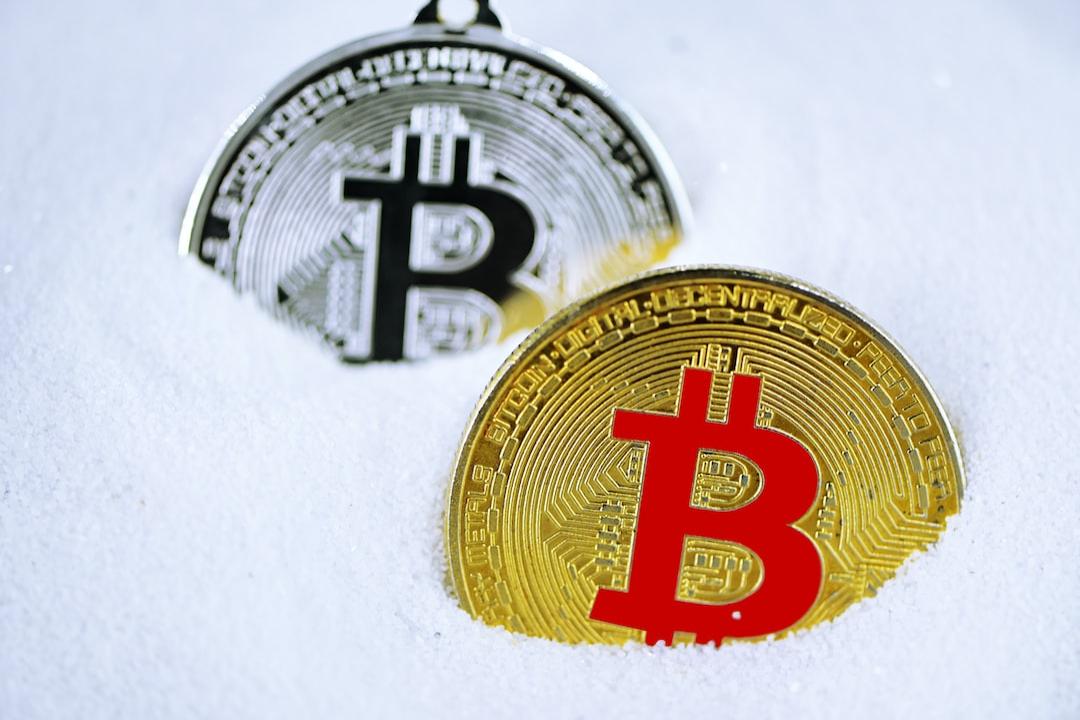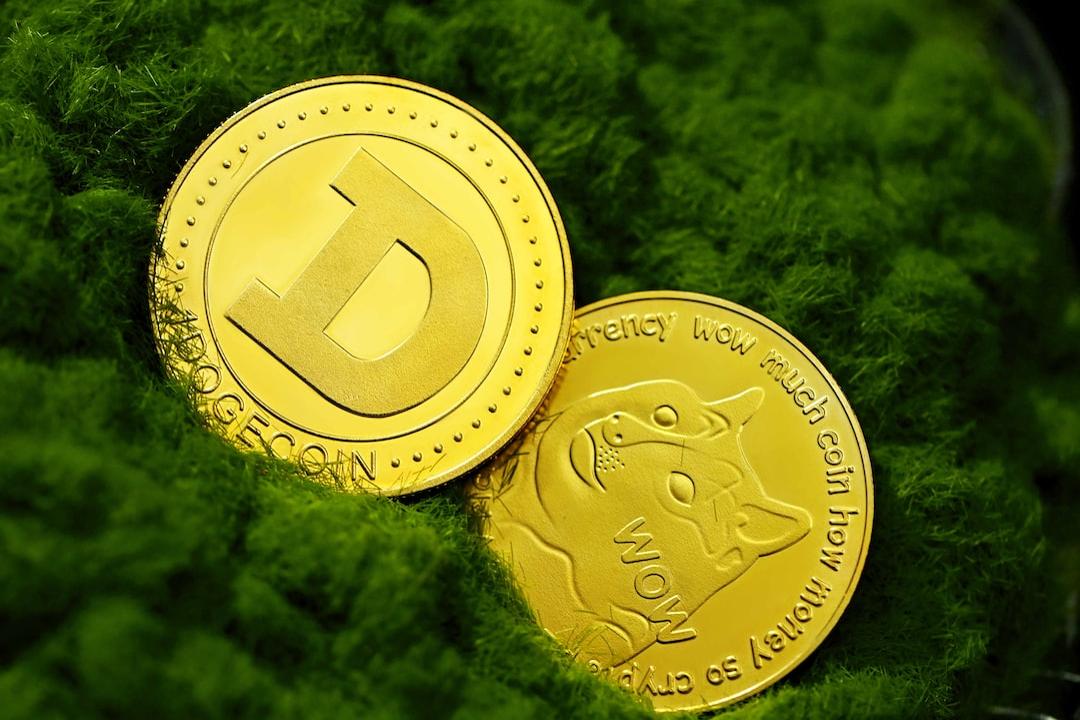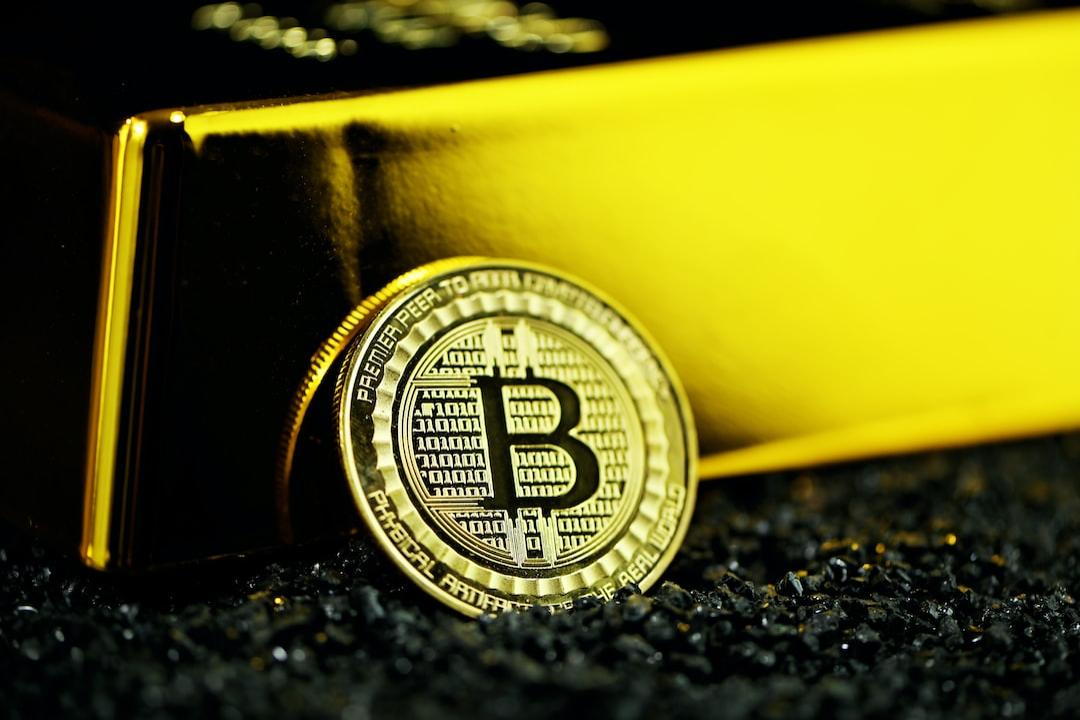Article Summary
The article focuses on the rise of Meme coins and their potential and limitations. The author believes that while Meme coins are a unique vehicle for cryptocurrency speculation, their development is hindered by a lack of innovation, stagnation, and a pure reliance on hype. The article suggests that Meme coins should evolve into “social currencies” to promote the development of the cryptocurrency industry. Social currencies are an evolutionary form of Meme coins, relying on execution rather than luck, and could ultimately lead to new transformations in the crypto space. This article originates from LucaNetz, written by the CEO of Pudgy Penguins NFT, and is organized, compiled, and written by Block Beats.
(Background: He committed suicide by live-streaming with a gun due to Meme coins, which covered his funeral expenses.)
(Background Supplement: Binance revealed investment insights in the “Meme Coin Learning Notes”: the belief in Meme attention as a product is the key to the next DOGE.)
Over the past 18 months, the cryptocurrency market has been like a roller coaster, during which we have witnessed the rise of Meme coins. Although Meme coins are not a new phenomenon—indeed, they are one of the oldest forms of cryptocurrency—they have once again proven themselves to be the preferred vehicle for participating in the unique mechanism of cryptocurrency speculation.
While Meme coins are inherently pure and almost artistic, they also have a dark side. No, the issue is not with insiders or small groups—this is a common ailment that plagues the entire cryptocurrency space. In my view, the real problem lies in the lack of effort, the failure to seize opportunities, and people’s complacency in building Meme coins. Perhaps I am too naive, but I refuse to accept that Meme coins should stop here—at least I hope they do not.
I firmly believe that the Trojan horse for the popularization of cryptocurrency is intellectual property (IP), as it can establish credibility in a realm lacking trust. Like NFTs, Meme coins are also a form of IP. Meme coins have a tremendous opportunity to drive the development of the cryptocurrency industry by resonating with the minds of ordinary people. However, they have not broken through the potential boundaries of their crypto-native roles; instead, they are stagnating, lacking originality, and are plain and dull. I worry that if the status quo is maintained, the drawbacks will outweigh the benefits. For this category to thrive, Meme coins must evolve, and I am convinced that the direction of evolution is to become social currencies—tokens that transcend lazy pump-and-dump schemes, transforming into scalable kits of memorable and beloved IP.
My assertion is not to replace Meme coins with social currencies, but rather to add a final stage to their growth roadmap. Meme coins must graduate from meaningless on-chain images to become productive and perceptive social currencies that can drive the development of the cryptocurrency industry. I believe there are existing tokens that belong to this category. This article will explore the current state of Meme coins, why successful projects should evolve into social currencies, and the impact of social currencies on the crypto domain.
What are social currencies?
Social currencies are tokenized assets that represent value within specific communities, typically used to incentivize participation, reward contributions, and enhance brand or community loyalty. They operate similarly to traditional currencies, but their value derives from social interactions, reputation, and influence.
In simple terms, social currencies are Meme coins with fundamentals—they are progressive, perceptive, and focus on nurturing communities that can continuously create viral effects, rather than extracting value from transient hype.
Meme coins vs. social currencies
Meme coins do not create viral effects—they monetize viral effects, draining the hype until it fades away. In contrast, social currencies possess perception, actively driving their IP through various media, collaborations, and integrations, continually generating viral effects.
The typical life cycle of a Meme coin is as follows:
Creative → Token Launch → Community Cultivation → Community Advocacy for Narrative → Narrative Fade → Community Fade
The life cycle of a social currency is as follows:
Creative → Token Launch → Community Cultivation → Community Advocacy for Narrative → Brand Establishment → Brand Expansion → Ecosystem Building → Currency for Global Adoption and Recognition
In my view, all social currencies initially start as Meme coins, but as momentum accumulates, they must evolve into social currencies. The diagram below accurately illustrates this process.

I love this diagram because it indicates that social currencies are not meant to replace Meme coins, but rather to be their evolutionary form. To me, social currencies are Meme coins supported by real value. Anyone can issue a Meme coin, but only the best can inject real value into it.
If you believe that liquid crypto assets will primarily belong to the retail asset class, then you are convinced of Meme coins and their success. If you believe that institutional capital will eventually flow into altcoins, then you must anticipate a fundamental-driven dynamic. Social currencies combine the advantages of both—retail appeal from Meme coins and the engaging qualities that attract institutional participation. In my view, social currencies merge the essence of Meme coins and utility tokens.

When analyzing the flaws of Meme coins, it is evident that they could have greater potential, but we allow social consensus to convince ourselves that “Meme coins should be without purpose, as has always been the case.” I personally refuse to accept this as the future standard for the field. To understand my frustration, one must first dismantle the current constraints on Meme coins and explore how social currencies can resolve these issues.
Flaws of Meme coins
- Stagnation: Losing momentum as trends fade
- Stigmatization: 99% of speculators incur losses, not a long-term hold
- PvP model: Designed for short-term velocity, devolving into a game of musical chairs among existing users
- Lack of infrastructure to attract new users
- No real faith support beyond illusory narratives—no fundamentals
- Success often relies on fantasy and luck
Advantages of social currencies
- Perception: Capable of both creating and capturing trends, maintaining continuous relevance
- New narrative: Combining the sustainability of Meme coins with real fundamentals that support growth, suitable for long-term holding
- PvE model: Aimed at driving the development of the cryptocurrency industry and attracting new users
- Continuously generating demand through content plans, brand collaborations, and IP growth
- Building real entities that transcend the industry, enhancing the identity and belief of holders—based on real faith
- Success does not rely on luck or narratives but is supported by real fundamentals

Perception vs. Lack of Perception
For traders and investors, the core distinction between Meme coins and social currencies lies in perception—the ability to maintain ongoing relevance. Social currencies possess perception, while Meme coins do not, which is the key that traders should focus on. Perception = Relevance = Attention = Momentum. Unless you are a crypto legend (like DOGE), anything without perception will ultimately fade away.
Upon reading this, some may think: “I do not want Meme coins to bear any execution risk.”
This psychological warfare began with NFT art collectors in 2020, and I am surprised we have continued this narrative. My rebuttal is simple: things without execution risk rely entirely on luck. Execution risk is the only risk worth taking; if your holdings do not depend on execution, I can assure you that in 999,999 out of 1,000,000 cases, your performance will lag behind those betting on execution (though I still wish you good luck).
The Future of Social Currencies
To realize true potential, Meme coins need to evolve into social currencies in their final chapter. Tokens that create culture, nurture deep community ties, and integrate real-world applications will define a new era in crypto. Transitioning from stagnant speculative assets to a dynamic participatory ecosystem is not only necessary but inevitable.
Now, the question you need to ponder is: Who will lead this transformation?



